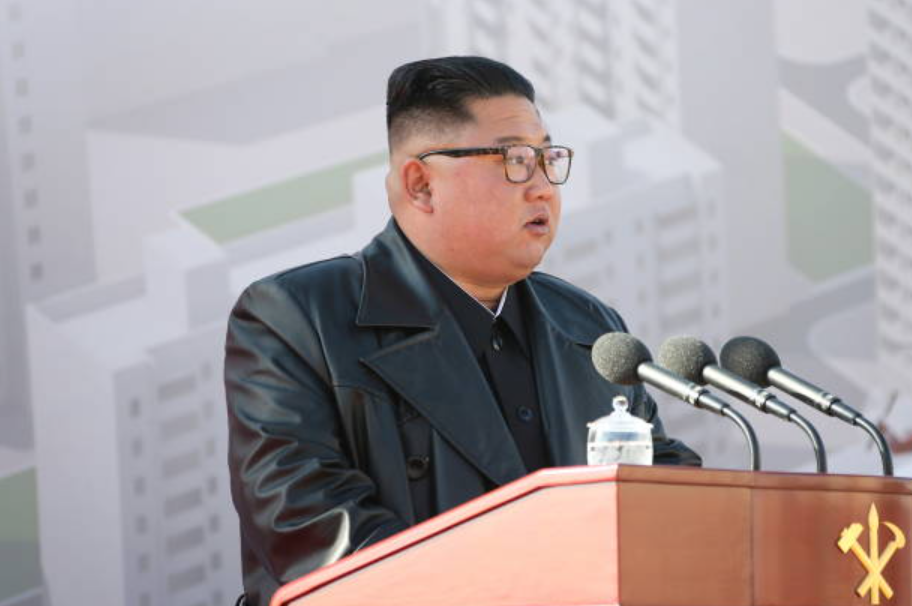Kim Jong Un Allegedly Reviews Photos from North Korea’s Freshly Deployed Spy Satellite
North Korean leader Kim Jong Un made headlines following reports that he reviewed images taken by the country’s maiden spy satellite capturing an American aircraft carrier.
The state media disclosed that Kim examined these photographs during his visit to North Korea’s National Aerospace Technology Administration’s control center on Friday.
According to the Pyongyang Times, Kim delved into a detailed analysis of photos depicting key target areas in the enemy region, notably Mokpho, Gunsan, Phyongthaek, Osan, and Seoul. Significantly, Phyongthaek, Kunsan, and Osan host various US military facilities.
North Korea’s claims extended to capturing images of the USS Carl Vinson, an American nuclear-powered aircraft carrier, through technology employed by the newly launched spy satellite. Pyongyang officially announced the successful launch of its inaugural spy satellite, Malligyong-1, on Wednesday.
After two unsuccessful endeavors earlier in the year, the satellite was successfully launched from the Tongchang-ri launch site on Tuesday at 10:42 pm using a Chollima-1 rocket. This event signifies a substantial technological advancement for the secretive nation, showcasing its progress in the field.
Fallout of North Korea’s Satellite Launch

However, this achievement triggered swift condemnations from the United States and South Korea. In response, parts of the 2018 Comprehensive Military Agreement, designed to ease tensions between the nations, were scrapped by South Korea. (https://vigora.clinic/)
In retaliation, North Korea announced its complete withdrawal from the agreement on Thursday, vowing to reinstate all military measures in the border area. This escalated response signifies heightened tensions and a setback in the efforts aimed at de-escalation between North and South Korea.
The ongoing occurrences linked to North Korea’s satellite launch have significantly increased geopolitical tensions in the region, triggering strong and vigorous responses. This has led to growing apprehensions about the intricate and fragile state of relationships among the nations involved.
The situation has raised concerns about the stability and sensitivity of the connections between these concerned countries, amplifying the complexities and uncertainties in the regional geopolitical scenario.
This situation has magnified apprehensions regarding the stability and dynamics existing between the involved countries, adding layers of complexity to an already delicate geopolitical landscape.


Comments are closed.